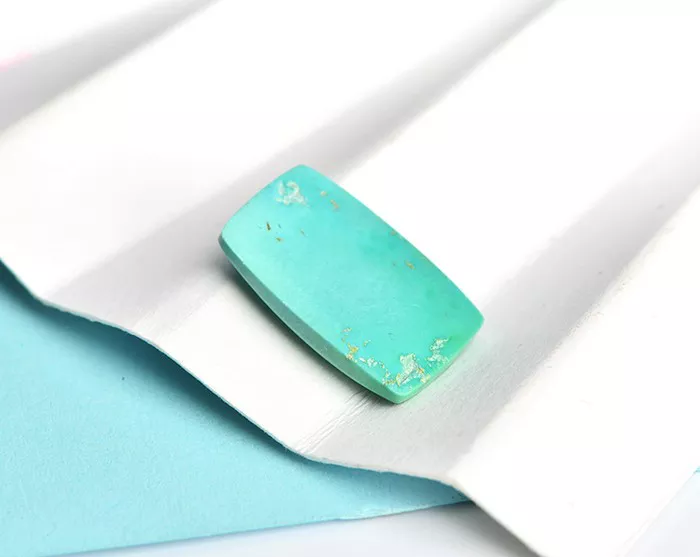Turquoise is a stunning gemstone known for its vibrant blue-green color and captivating beauty. It has been prized for centuries for its use in jewelry, art, and cultural artifacts. While turquoise is commonly associated with the gemstone itself, it is also a popular color in the world of art and design. But what exactly are the two colors that make turquoise? In this article, we will explore the answer to this question by delving into the science of color mixing, as well as the properties and symbolism of turquoise.
Understanding Turquoise
Turquoise is a hydrous phosphate mineral that belongs to the class of phosphates, arsenates, and vanadates. It is characterized by its distinctive blue to blue-green color, which is caused by the presence of copper and aluminum compounds within the crystal structure. The exact shade of turquoise can vary depending on the specific mineral composition and environmental factors during formation.
Turquoise has been prized for its beauty and significance in various cultures and civilizations throughout history. It has been used for jewelry, adornments, and ceremonial objects by ancient civilizations such as the Egyptians, Persians, and Native Americans. Today, turquoise remains a popular choice for gemstone jewelry, as well as decorative items and artworks.
What Two Colors Make Turquoise
Turquoise is a secondary color, meaning that it is created by mixing two primary colors. In the case of turquoise, the two primary colors that are combined to create it are blue and green.
Blue: Blue is one of the primary colors in the RGB (Red, Green, Blue) color model, which is commonly used in digital displays and electronic devices. Blue is a cool, calming color that is associated with the sky and the ocean. It is created by combining cyan, a primary color in the CMYK (Cyan, Magenta, Yellow, Black) color model, with varying levels of green and violet.
Green: Green is another primary color in the RGB color model. It is a vibrant, refreshing color that is associated with nature, growth, and vitality. Green is created by combining yellow, a primary color in the CMYK color model, with varying levels of blue and cyan.
When blue and green are mixed together in equal proportions, they create turquoise—a stunning blend of blue and green that evokes the beauty of the natural world. The specific shade of turquoise may vary depending on the exact proportions of blue and green used in the mixture, as well as other factors such as lighting and environmental conditions.
Properties and Symbolism of Turquoise
Turquoise is not only valued for its beauty but also for its symbolic significance and metaphysical properties. Here are some of the properties and symbolism associated with turquoise:
Protection: Turquoise is believed to have protective properties that ward off negative energies and promote a sense of safety and security. It has been used for centuries as an amulet or talisman for protection against harm and evil spirits.
Healing: Turquoise is associated with healing and wellness, both physically and emotionally. It is believed to have calming and soothing properties that alleviate stress, anxiety, and depression. Turquoise is also said to promote physical healing and vitality, making it a popular choice for holistic wellness practices.
Communication: Turquoise is associated with the throat chakra, which governs communication and self-expression. It is believed to enhance communication skills, facilitate clear expression of thoughts and feelings, and promote harmonious relationships.
Balance and Harmony: Turquoise is said to promote balance and harmony in all aspects of life. It is believed to bring together the energies of the mind, body, and spirit, fostering a sense of equilibrium and well-being.
Spirituality: Turquoise has long been revered as a sacred stone in many cultures and spiritual traditions. It is associated with spiritual growth, enlightenment, and connection to the divine. Turquoise is often used in meditation, prayer, and spiritual ceremonies to enhance spiritual awareness and intuition.
Conclusion
Turquoise is a stunning gemstone known for its vibrant blue-green color and symbolic significance. While turquoise is created by mixing blue and green, its beauty and allure go beyond its physical properties. Turquoise is valued for its protective, healing, and spiritual properties, making it a cherished gemstone in cultures and civilizations around the world. Whether used in jewelry, art, or spiritual practices, turquoise continues to captivate and inspire with its timeless beauty and profound symbolism.


